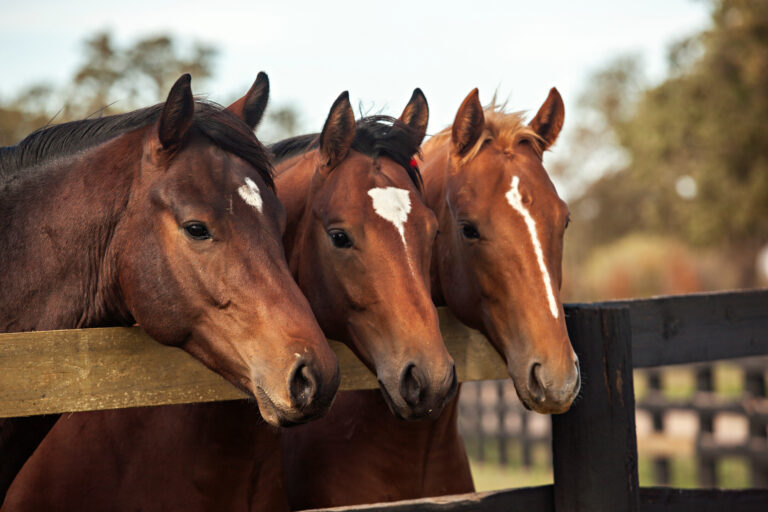
This review of white line disease in Equine Veterinary Education was authored by professional farrier Stephen O’Grady, DVM, MRCVS, and Travis Burns, CJF, TE, EE, FWCF, Associate Professor of Practice and Chief of Farrier Services, Veterinary Teaching Hospital at the Virginia-Maryland College of Veterinary Medicine. This review was first published in October 2019.
Summary
“White line disease (WLD) is a significant pathological condition that affects the equine hoof. White line disease continues to frustrate veterinarians and farriers due to the diversity regarding the etiology, diagnosis and especially treatment. Furthermore, WLD lacks a definitive definition as the disease becomes apparent only when the hoof wall is compromised with an extensive separation, a hoof capsule distortion is present or when lameness exists. Clinical signs can range from a minor hoof wall separation to an extensive disruption of the external laminar bond resulting in displacement of the distal phalanx within the hoof capsule. There has been a myriad of treatments and topical preparations proposed for treating WLD, but most remain controversial with few having any scientific documentation or evidence of efficacy. This review of WLD is based on the sparse information available in the veterinary literature, the large number of WLD cases treated successfully in the authors’ combined practices using conventional farriery and the relevant questions that hopefully can be answered in the future.”
To read or access the article “White line disease: A review (1998–2018),” visit this page on the BEVA Wiley Online Library.








